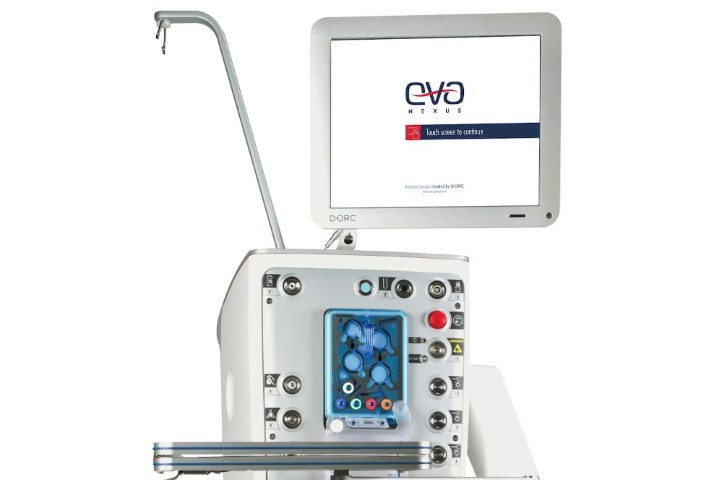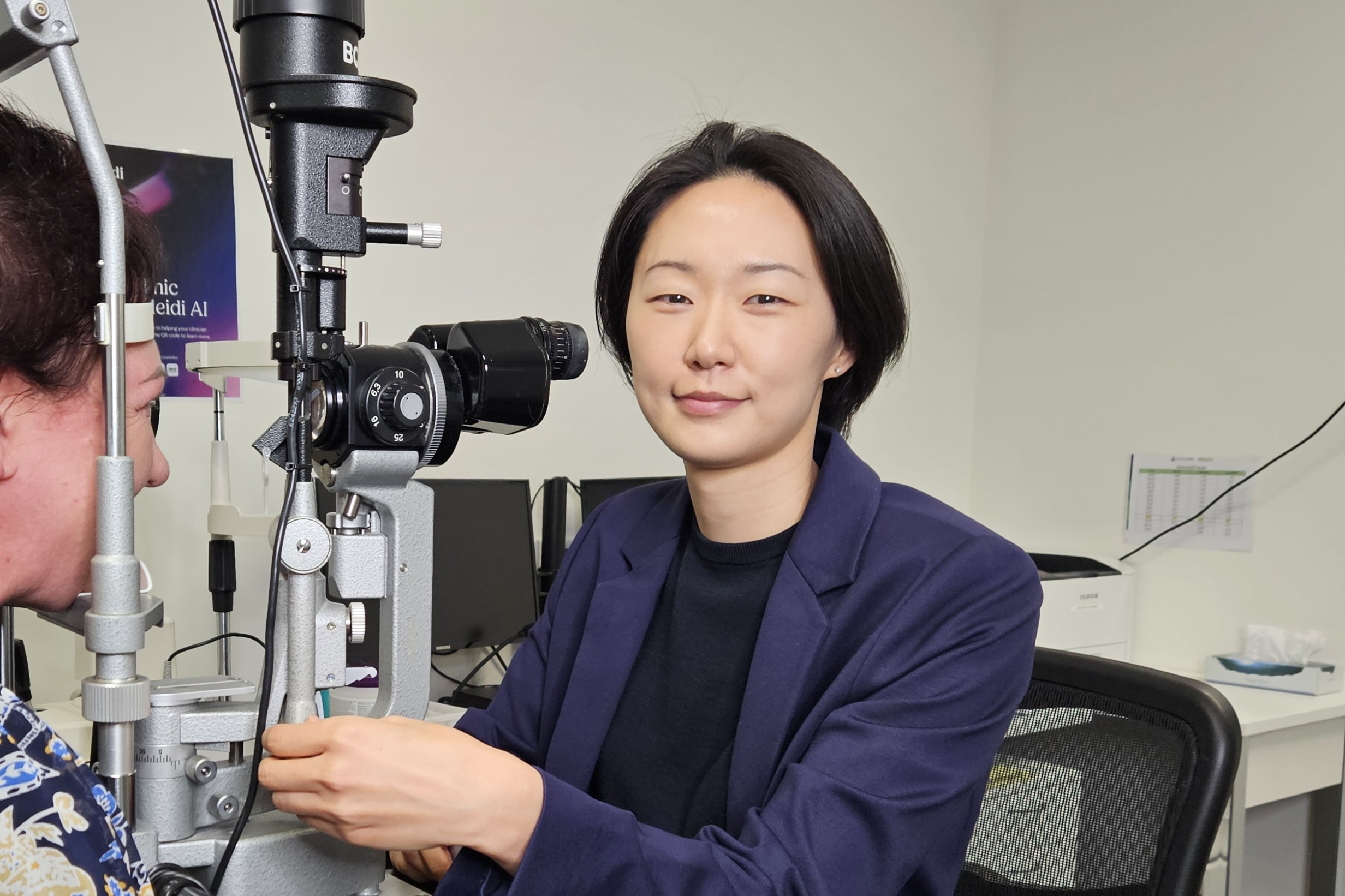CLs with built-in telescope
An international collaboration of scientists has created a contact lens (CL) which can shift between magnified and normal vision. The lens, which increases peripheral vision three-fold, is safer and cheaper than surgery and will allow people with sight loss to read text better and see faces, said Dr Eric Tremblay, a Swiss Federal Institute of Technology designer who presented the new technology at American Association for the Advancement of Science conference in San Jose, California, in February 2018.
The lenses have tiny telescopes built into the centre which work like binoculars and are activated by specially-adapted glasses that recognise winks, but ignore blinks. The contact lenses have two apertures, one which is magnified and one normal. When users shut their right eye, the glasses change the polarisation of light so that it hits the contact lens at the right angle to trigger the magnification effect. A wink with the left eye effectively turns off the telescope. “It is instant. You wink and the image changes,” said Dr Tremblay.
One of the main problems the new contact lenses could help is age-related macular degeneration (AMD). Current solutions available to AMD patients are glasses with mounted telescopes or surgical implants in the eye which help to magnify the light coming into the eye onto undamaged parts of the retina, but the glasses are bulky and obtrusive and surgical implants are invasive and expensive, said Dr Tremblay.
The new lens could be available for sale in two years.
























